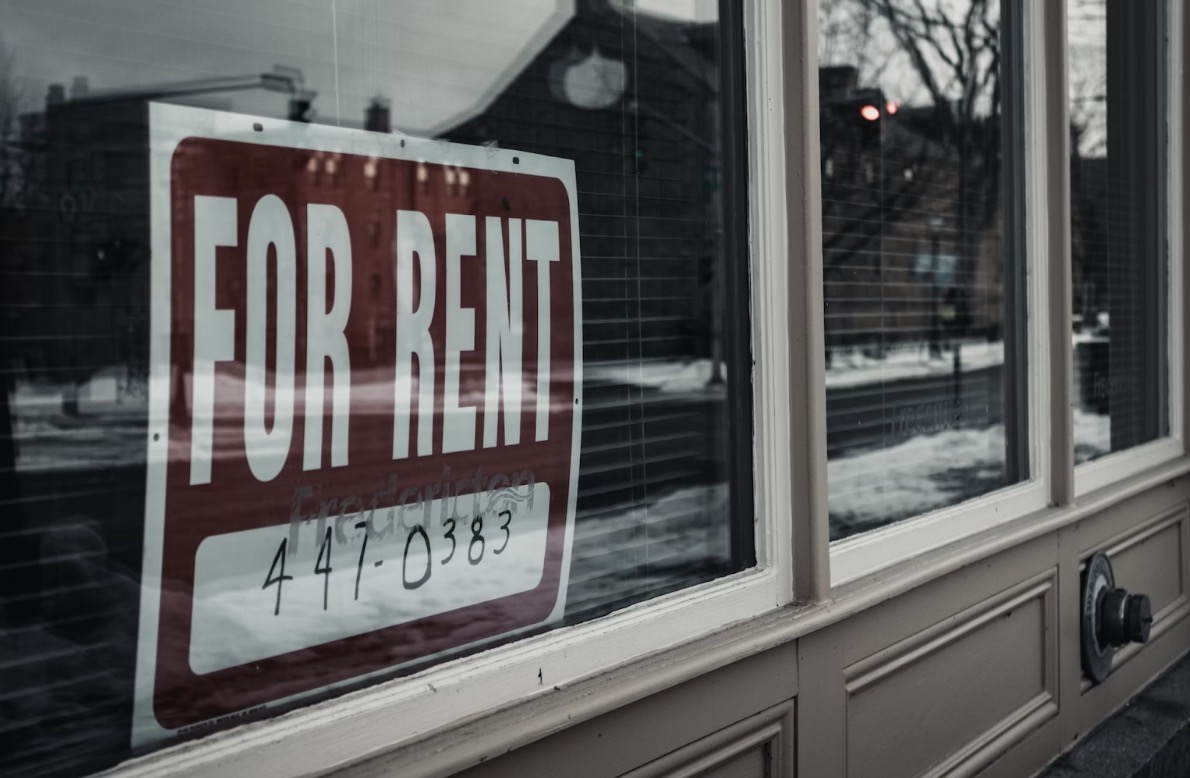As a property owner looking to rent out your property, one of the most critical decisions you’ll need to make is determining how much rent to charge. It can be a complex process and requires careful consideration. Set the rent too high, and you may struggle to find tenants; set it too low, and you might not make the necessary returns on your investment. As such, understanding how to calculate an appropriate rental price is crucial for any landlord. In this guide, we’ll delve into the various factors that influence rental pricing, including location, property size and condition, market trends, and local demand. We’ll explore strategies for competitive pricing and provide practical tips to help you set a rental rate that not only attracts prospective tenants but also meets your financial goals. While there is no one-size-fits-all approach to setting rent, having a solid understanding of the fundamentals will help you make an informed decision. So let’s get started!
Reader's Roadmap
Understanding the Rental Market
Before setting your rental price, it’s essential to have a strong understanding of the rental market. Start by researching the rental prices of similar properties in your area. You can do this online, through local newspapers or by consulting with real estate agents. Take note of the rental prices for properties that match yours in terms of size, condition, and location. Remember, market rates fluctuate over time based on supply and demand, so keep an eye on these trends. By aligning your price with the market rate, you’re more likely to attract tenants while still ensuring a good return on your investment.
For example, if the area is in high demand with limited availability of rentals, you can set your rent higher than average. However, if there’s an oversupply of rental properties, you might need to reduce your price slightly to remain competitive.
Evaluating Your Property
Apart from market trends, several factors influence how much rent you can charge for your property. The first and most obvious factor is the location. Properties in urban areas, popular neighborhoods, and those close to amenities like schools or transportation tend to command higher rental rates. On the other hand, properties in remote, less desirable locations may require lower rent prices.
Next, consider the size and condition of your property. Larger properties generally yield higher rents than smaller ones since they offer more living space. Similarly, a well-maintained and modern property is likely to attract higher rent than an old, worn-out one.
Consult a Prorate Calculator

While the above factors can give you a general idea of how much rent to charge, it’s always best to use a calculator to determine an accurate rental amount. Namely, a helpful prorate calculator takes into account all these different variables and provides a fair and detailed estimate for your specific property. You can find many free online calculators that will help you figure out the right rent for your property.
As a landlord, it’s crucial to stay up-to-date with market trends and regularly reassess your rental price to keep pace with the competition. A lot of property management software also offers features like rent trend analysis and market comparisons, making it easier for you to adjust your rental price accordingly. You can use these tools to evaluate your property’s performance and make informed decisions on rent adjustments.
Consider Your Expenses
When determining the rental price for your property, it’s essential to factor in your operating expenses as well. These can include mortgage payments, property taxes, insurance, maintenance and repairs, utilities (if included in the rent), and any property management fees. By calculating the total monthly cost of owning and maintaining the property, you can set a rental price that covers these expenses and leaves room for profit. However, remember that the rental price should still remain competitive within your local market. Underestimating these costs can lead to financial strain, so it’s vital to do a thorough cost analysis before setting your rental price. Platforms offering rental property management software often include tools to help landlords track expenses, making it easier to account for all costs when setting the rental price.
Adjusting Rent Over Time

As the rental market continues to evolve, it’s crucial for landlords to regularly revisit their rental pricing strategy. This involves monitoring changes in market trends, understanding the impact of inflation, and keeping track of property maintenance and improvements. Additionally, having a good relationship with your tenants can give you insights into their needs and expectations, which can further inform your rental adjustments. For example, if you have made significant improvements or added amenities to the property, it may justify a rent increase. However, it is crucial to communicate any changes in rent well in advance and in compliance with local regulations. On the other hand, if the property has been vacant for an extended period, it may be worth considering a temporary rent reduction to attract new tenants. By remaining adaptable and responsive to the market, you can ensure that your rental price remains competitive while still achieving your financial goals.
Taking Tenant Affordability Into Account
While setting your rental price, another crucial factor to consider is tenant affordability. This involves understanding the average income levels within your local area and setting a rental price that aligns with these figures. While it might be tempting to set a high rental price to maximize your income, doing so might deter potential tenants if the price is too steep for the local demographic. As a general rule, many financial advisers recommend that individuals spend no more than 30% of their gross income on rent. This guideline can be a useful starting point when considering tenant affordability. Remember, rental property is only profitable when it’s occupied, so striking a balance between your financial goals and tenant affordability is key to minimizing vacancies and maintaining steady rental income.
In conclusion, determining the right rental price for your property is a complex process that requires careful consideration of several factors. It’s not just about maximizing income; it’s about striking a perfect balance between profitability and desirability. An understanding of your local rental market, the specific details of your property, your expenses, and the affordability of potential tenants are all important components that should be taken into account when setting your rental price. Use the tools at your disposal, such as online prorate calculators and property management software, to ensure your pricing is competitive and fair. Regularly reassess and adjust your pricing to keep pace with market trends and changes in your property’s condition and offerings. Above all, remember that a good rental price is one that attracts and retains reliable tenants while covering your costs and yielding a reasonable profit.







Leave a Reply
View Comments